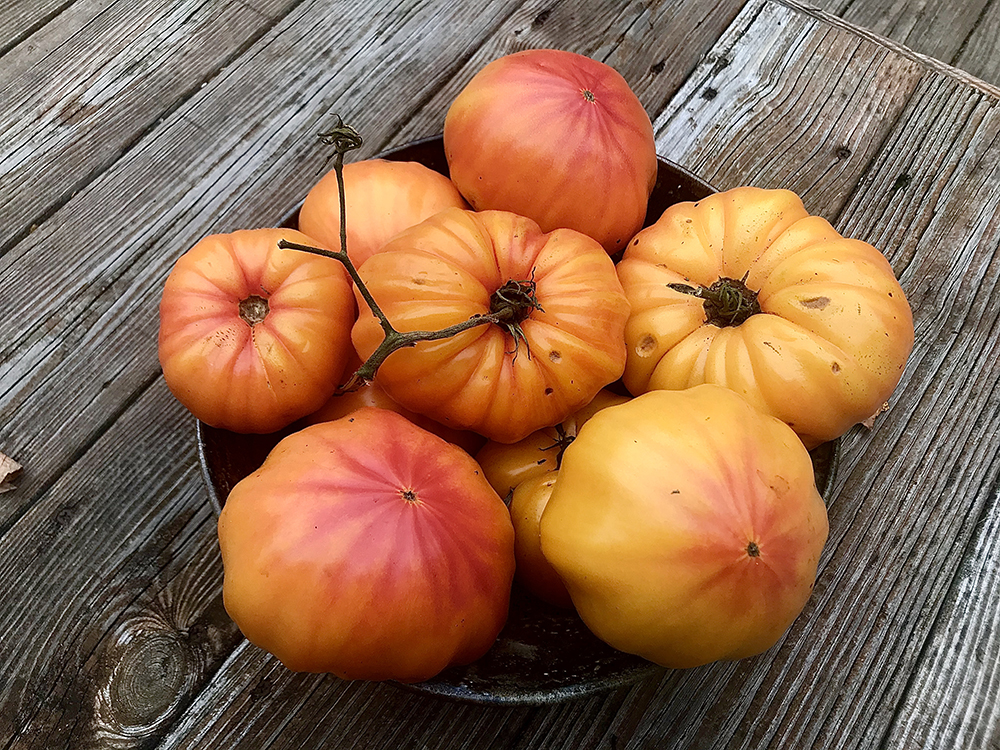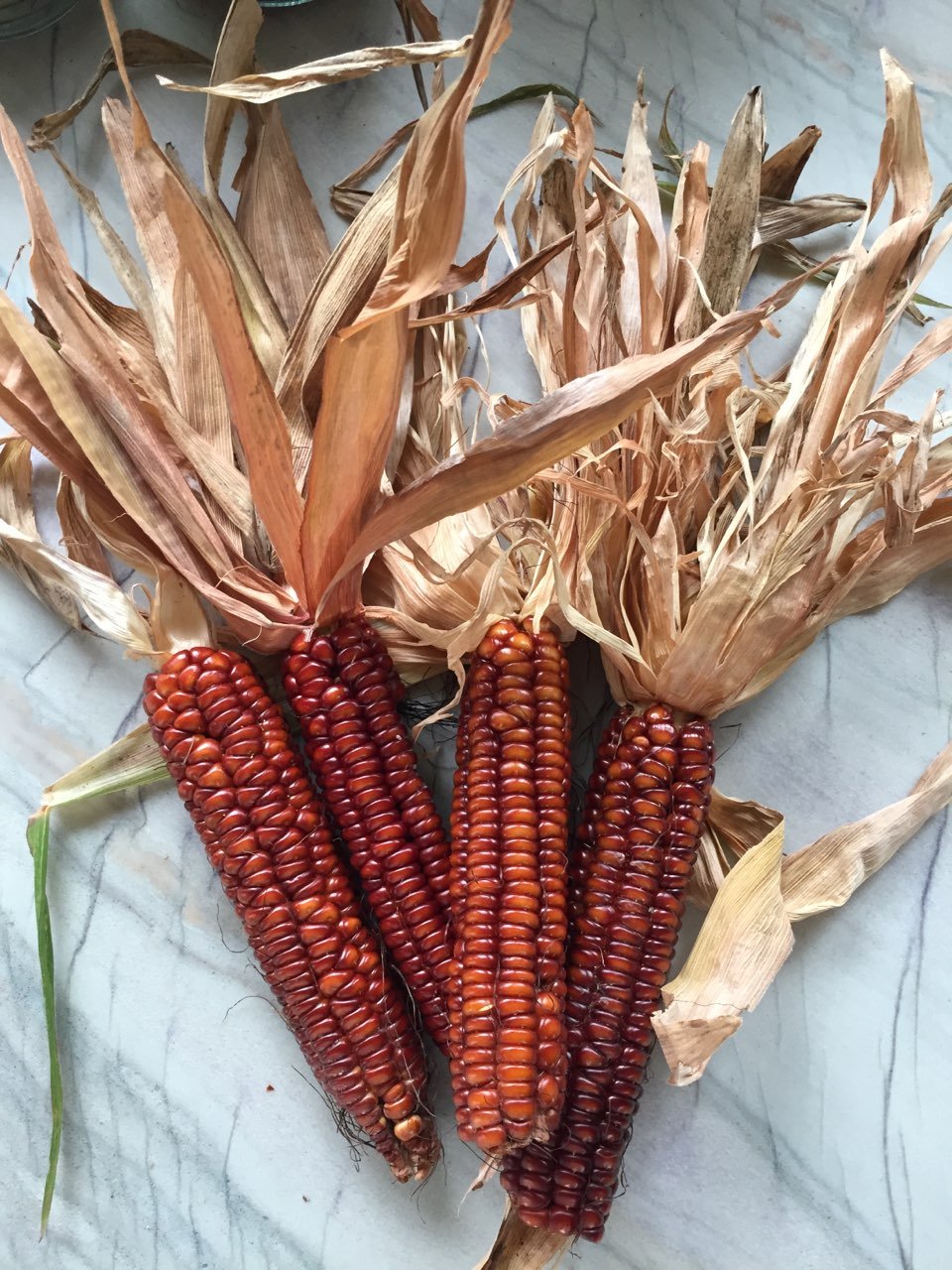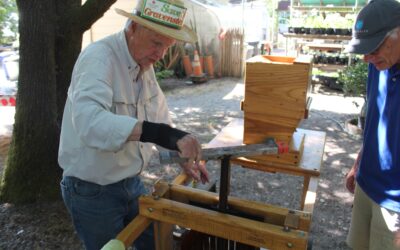Jimmy Nardello Pepper
While peppers indigenous to the Americas, the Basilicata region of southern Italy is home to a rich culture of growing peppers for generations. One particular variety of pepper can be traced back to the home garden of a family that once called the Basilicata village of Ruoti, their home. Giuseppe and Angella Nardiello lived in Ruito in the 19th century, before joining the streams of immigrants from Europe to the shores of the U.S. in the 19th century. In 1887 they set out for a new home with their daughter Anna and the seeds of a long, bright-red, and thin-skinned pepper in tow. They eventually settled in Naugatuck, Connecticut, where they would raise their 11 children, and continue to grow their Capiscum annum peppers, which would come to be known by the name of their fourth child: Jimmy Nardello.
One of 11 children, the story goes that Jimmy became an avid gardener and followed in his parents footsteps. He created a terraced garden where he planted the heirloom seeds his parents had kept. In the winter he strung and hung up these long, red peppers to dry them out. With his work these seeds continued to feed his family, and he continued to grow them until his death in 1983. Shortly before that he donated these pepper seeds to the Seed Savers Exchange, and they have quickly become a cult favorite amongst farmers and cooks.
Jimmy Nardello Peppers, or Jimmy Nardello’s Sweet Italian Frying Pepper, are perfect for just that: frying up in a pan. It is considered one of the very best frying peppers as its fruity raw flavor becomes perfectly creamy and soft when fried. Their sweet and light flavor makes them perfect for cooking fresh or even eating raw, but they can also be dried as they might be more commonly prepared in southern Italy. They ripen to a deep red, and their elongated bodies often curve and twist as they grow up to 8-9 inches.
Written by Malia Guyer-Stevens, Slow Food USA Editorial Intern
Planting the Seed
Learn how to start seeds indoors with Slow Food USA School Garden committee chairs — in different ways and different places! The exact timing and practices for planting your seeds will depend on your growing zone and frost dates in your region. More information can be found in the Farmer’s Almanac Planting Calendar – just enter in your zip code to find helpful notes on starting your seeds and planting your starts!
Sebastopol’s community apple press is a free way to make fresh juice
Gather your apples! Your Honeycrisp! Your Fuji! Your Golden Delicious! Even your hopefully-ripe-by-now Gravensteins! Why? Because, as of this past weekend, Slow Food Russian River’s (SFRR) Community Apple Press is up and running.
Unpacking Indigenous seed politics: respect over royalties
How do we honor the seedkeepers who have nurtured food on this land for countless generations? That’s a question that lives in a gray area, and not all Indigenous communities agree on the outcome.
Championing Biodiversity: Advocating for Change Through the Farm Bill
Let’s take action to preserve and expand biodiversity by contacting our elected officials.








